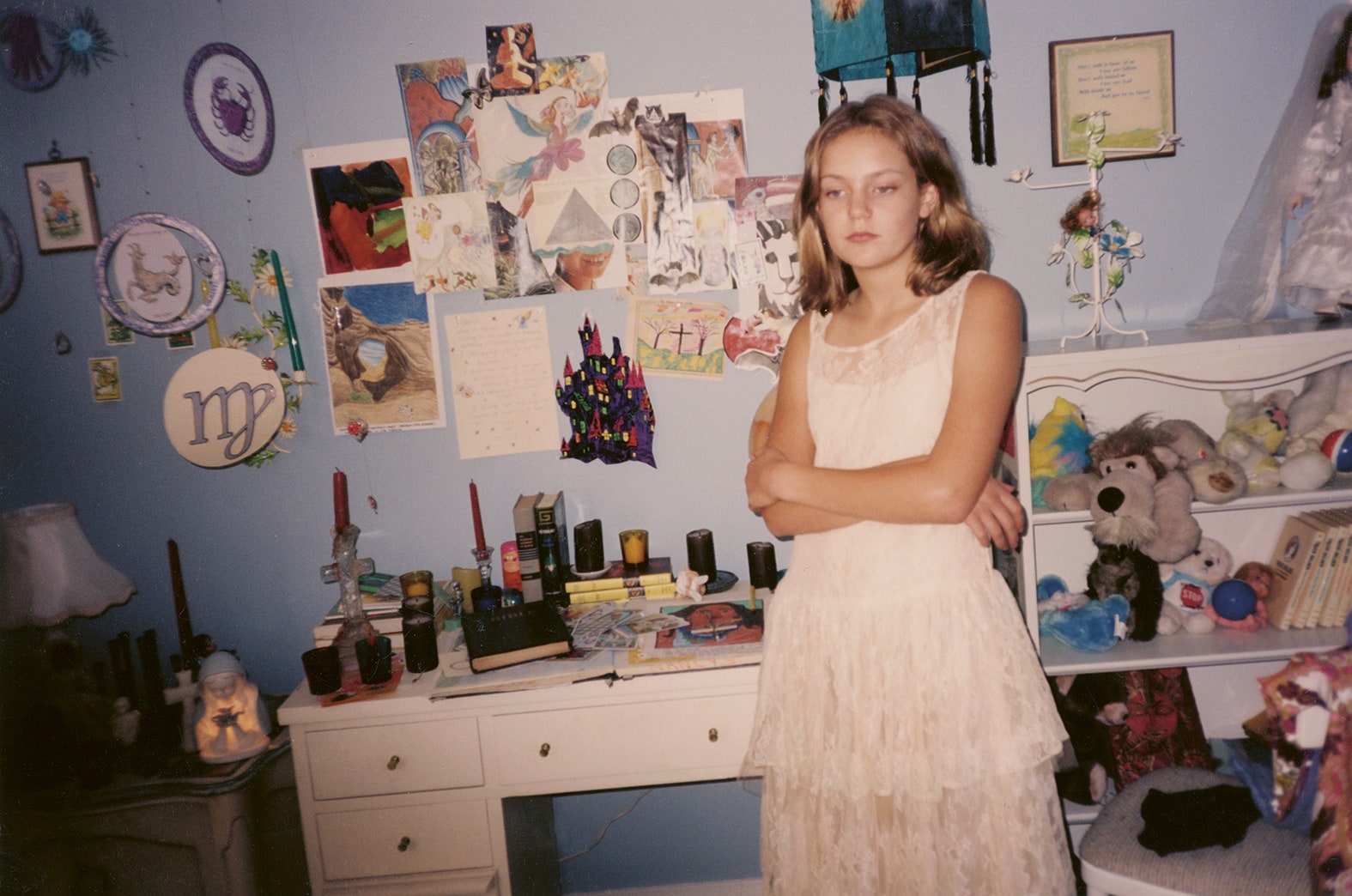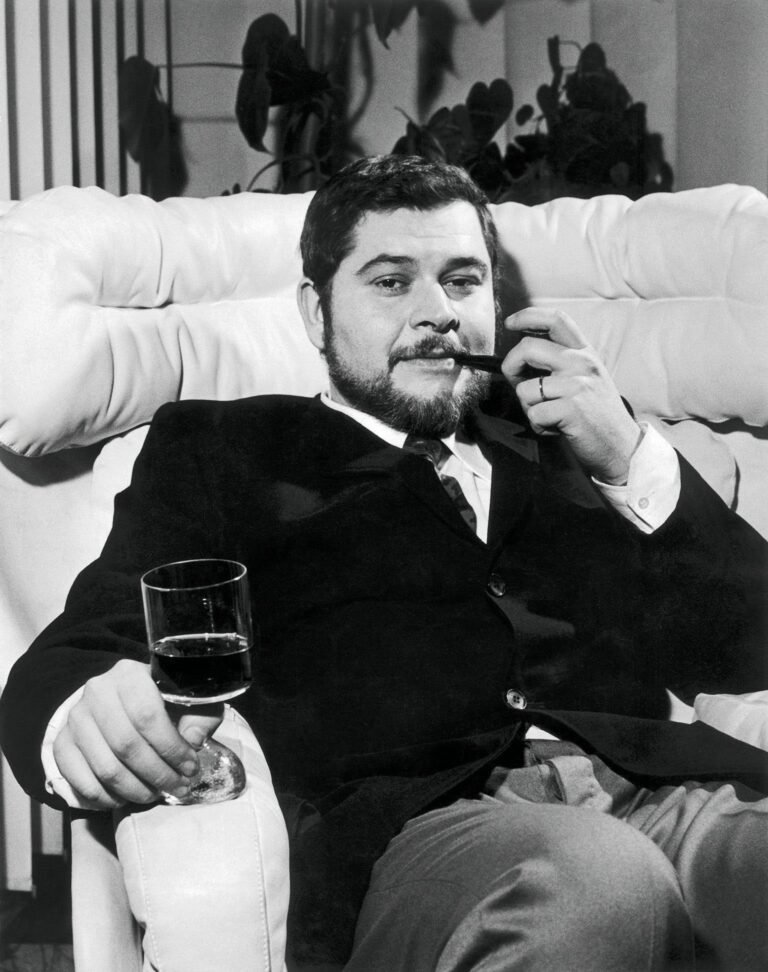What Life Behind-the-Scenes of Sofia Coppola’s Movies Looks Like
Collaboration is an essential part of filmmaking, and the book offers Coppola an opportunity to highlight the people who’ve helped create her celebrated worlds. She remembers Harris Savides, the late cinematographer she worked with on Somewhere and The Bling Ring; she credits her friends Hiroko Kawasaki and Fumihiro Hayashi for helping her to explore Tokyo, which informed Lost in Translation; and she hat tips the many people at work on her sets throughout. The book presents artworks that Coppola used as inspiration alongside shots of the productions—a photo from Bill Owens’s Suburbia for The Virgin Suicides, John Kacere paintings for Lost in Translation’s opening shot, Guy Bourdin’s fashion photography for Marie Antoinette—helping to crack open the rich visuals they were creating.
The sense of conviviality on Coppola’s sets comes through in her photos of surprise visitors and actors throughout the book—Kirsten Dunst, Elle Fanning, and Bill Murray are mainstays, of course, but surprise guests like Pedro Almodóvar and Wes Anderson appear too. The feeling of community extends with frank notes from Jeffrey Eugenides, Jacob Elordi, and Elle Fanning, among others.
Coppola’s own family appears throughout. Her mother, Eleanor Neil, is shown documenting production on many of her sets. “She has hours of footage of the making of all the beautiful costumes and flowers,” Coppola writes alongside a photo of Neil and herself at Versailles. Her daughters Cosima and Romy are photographed with The Bling Ring clapboards as young children, and Romy appears as a teenager on the set of Priscilla as well. All of this adds to the sense that this isn’t merely a closer look at the films themselves, but at the periods of time they each represent.





